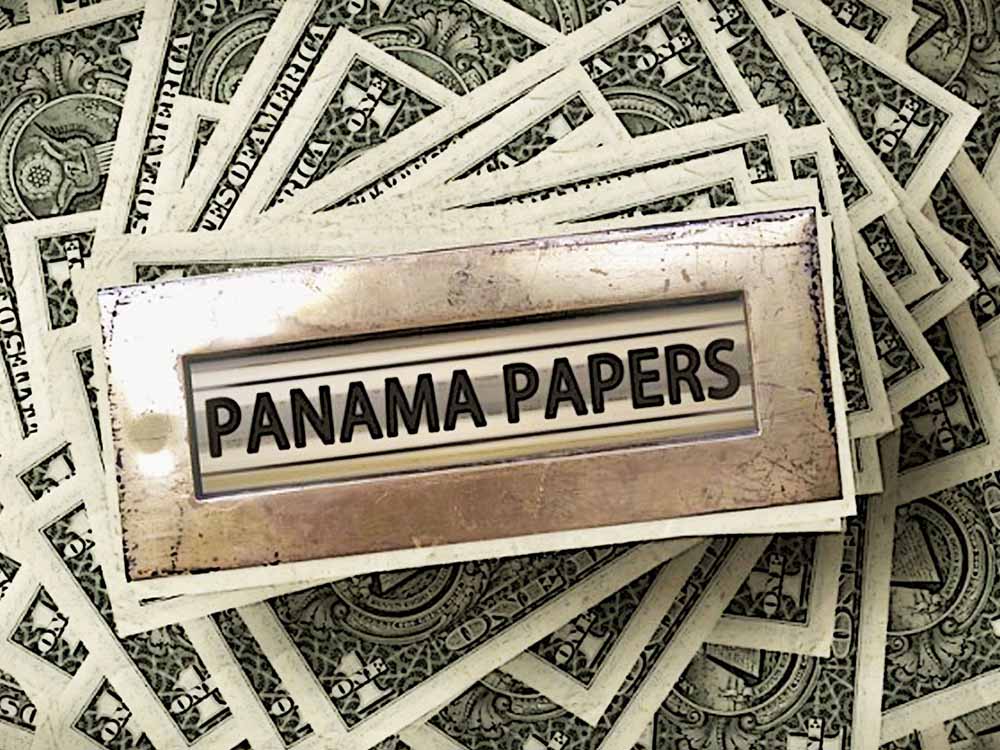The Panama Papers Leak of 2016: Unveiling a Global Web of Offshore Secrecy
The Panama Papers leak of 2016 represents one of the most significant data breaches in history, uncovering a complex network of offshore accounts, shell companies, and financial secrecy that implicated individuals and entities around the world. This comprehensive breakdown explores the background, impact, and consequences of the Panama Papers leak.
Background and Context
The Panama Papers, a trove of 11.5 million documents, were leaked from the Panamanian law firm Mossack Fonseca. This firm specialized in helping clients create offshore entities and accounts to maintain financial privacy, reduce tax liabilities, or engage in potentially illicit activities.
The Leak and Consortium of Journalists
The leak was initially received by the German newspaper Süddeutsche Zeitung, which then shared it with the International Consortium of Investigative Journalists (ICIJ). Over 370 journalists from 107 media organizations in 80 countries collaborated on analyzing and reporting the data.
The Revelations and Key Figures
The Panama Papers exposed the offshore financial dealings of numerous high-profile individuals and entities. Notable figures included politicians, celebrities, business leaders, and even heads of state. Among them were associates of Russian President Vladimir Putin, former British Prime Minister David Cameron, and Icelandic Prime Minister Sigmundur Davíð Gunnlaugsson.
Offshore Accounts and Tax Evasion
One of the primary themes of the Panama Papers was tax evasion. The leaked documents revealed how individuals and entities used offshore accounts and shell companies to hide assets, evade taxes, and engage in financial activities that often skirted the boundaries of legality.











